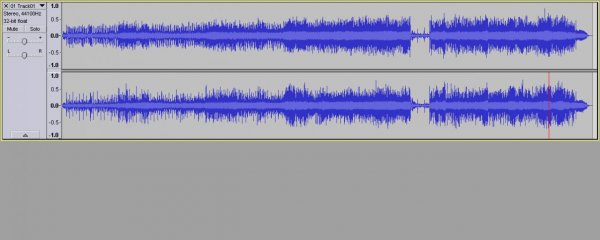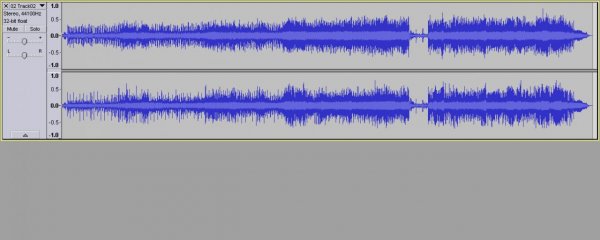From what I've been told by some vinyl rip pros is there's no free lunch when removing clicks and pops. You are removing part of the music at the same time. Best thing to do is to clean the record really good instead, or deal with the pops. After all they are there listening to vinyl direct.
My best sounding vinyl rips have the pops in the background.
I don't use post ripping digital intervention, however I can see certain situations in which de-clicking software (or doing so manually) could be desired ...
one example: I recently found this LP in someone's collection, and purchased it for $1, an original (SD7201) LZ3 pressing. I can only imagine the fisher-price

treatment this precious LP must have faced throughout it's life, but for a buck, it was worth the gamble. Thankfully, it restored fine, however ...
The rip provided is the song SIBLY, that right channel clip is not dirt, but rather groove damage, and if played at a high enough spl it could possibly take out a tweeter ...

... the same track after a deep cleaning cycle, which again brought down the overall noise floor, but more importantly I was fortunately able to manually "fix" the damaged groove using a toothpick. If that wasn't feasible, I'd have required some form of declicking.

BTW, some may wonder why anyone would go to all this trouble just to preserve a very common LP? Well, unlike many later reissues which sound muddy/muffled/constrained (esp the lower frequencies), this early pressing offers a much superior rendition in direct comparison, and these pressings are increasingly hard to find in good condition. They, in my audiophile world, are very much worth preserving.



